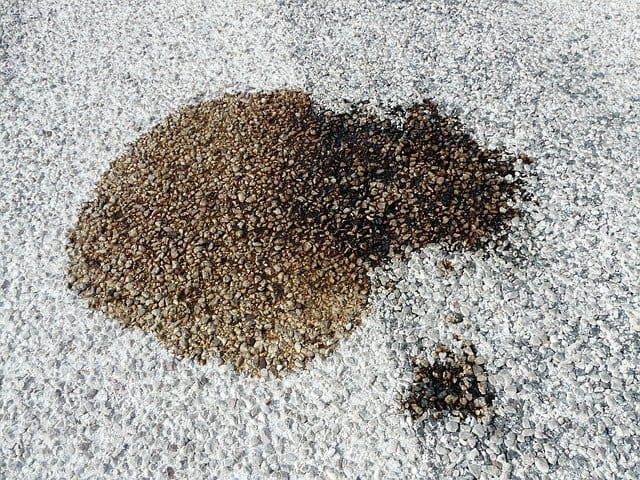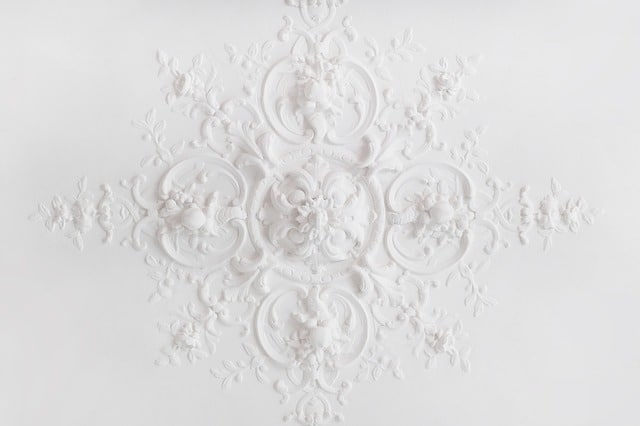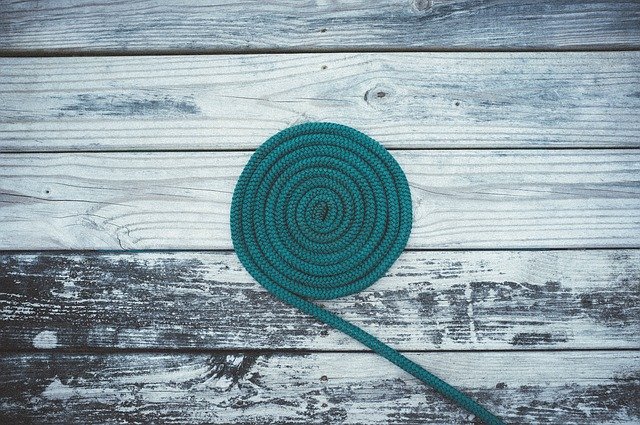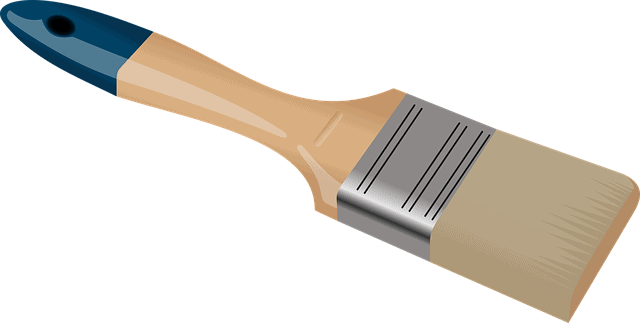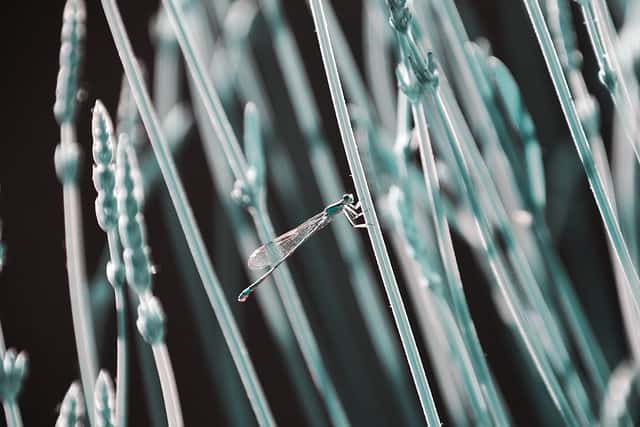Does WD 40 Remove Paint?
Does WD 40 work like a paint cleaner, a lubricant, or a degreaser? How effective is WD 40 when used in automobile service or with sprayer for latex paint? 
So, does WD 40 remove paint? The direct answer is YES. WD 40 is a powerful organic compound with a complex hydrocarbon that’ll break the paint molecular bonds instantly, thus allow easier stripping.
WD 40 works effectively on surfaces such as metal, plastic (but not clear polystyrene and polycarbonate), sealed wood, ceramics, leather fabrics, glass, Automotive parts, rubber, laminated paper and painted walls without any problems.
See Also: Paint Sprayer for Furniture
Details: Does WD 40 Remove Paint?
It should also not be applied on surfaces such as naked stones/not sealed, suede, unfinished wood, non-laminated papers, electronics casing, cushioned material, and unpainted walls.
WD 40 is not suitable for large surface area (due to economic reasons). Notably, the right application of WD 40 leads to excellent paint removal without causing surface destruction or distortion.
a. Active ingredients in WD 40
WD 40 is a hydrocarbon compound whose main ingredients entail petroleum-based paraffin, aliphatic hydrocarbon (which is similar to kerosene), carbon Dioxide, and aliphatic hydrocarbons.
These Ingredients are specially formulated (some may be omitted according to the intended use of a particular WD 40 product) and combine chemically for effective action upon application.
Indeed, WD 40 comes with super active agents, which breaks the molecular bonds in the paint (within 3 to 5 minutes), thus forming a thick viscous compound that is easier to strip. Moreover, the solvent features a high penetrative property that works effectively on the dense paint coating.
WD 40 is a less flammable, highly impressive and anti-leak product which integrates hygroscopic characteristic that eliminates the moisture on the surface instantly.
However, the excess application causes humid accumulation from the surrounding, leading to rusting in some surfaces like chain drives. For effective paint removal, WD 40 works best for a small area.
See Also: Can You Use Acrylic Paint On Metal?
b. Types of paint Removed
WD 40 will clean both latex and water-based paint. The solvent shows the best performance when used on wet paint than a dry one. However, WD 40 cures dry paint perfectly, thus allowing smooth stripping without much hassle.
Old paint on surfaces such as car bodies, metal coating, and composites may take longer to quench. Therefore, you should use alternative paint removers/thinner (highlighted in this article).
Oil-based paint shows longer stripping time as compared to water-based paint. The cure time varies with nature and base-components in which the particular type of paint is manufactured.
In this regard, the drop test experiment is vital in establishing the efficiency of WD 40 on a particular surface.
See Also: Does Nail Polish Remover Remove Paint?
c. Application Surfaces/Area of Use
For the paint removal process, you can use WD 40 on surfaces such metal (stainless steel, aluminum, chrome, etc.), plastic (but not clear polystyrene and polycarbonate), sealed wood, leather fabrics, ceramics, glass, Automotive parts, laminated paper, rubber and painted walls without affecting the quality of the original surface of the material.
The named surfaces should be polished or cleaned before application to achieve the best results. You should use a large amount of WD 40 for effective action, and multiple layer sections should be covered well to avoid unnecessary removal from the surrounding.
d. Surfaces Not to Use WD 40
Never use WD 40 on firearms. This product is hygroscopic (attracts water); thus, it will accumulate moisture on the surface leading to rust or explosion.
Surfaces like chain drives are not recommended since WD 40 is not a lubricant – it also accelerates the wear and tears on the moving part (not a lubricant).
Further, you should avoid using WD 40 over a large surface area (due to economic reasons) and areas such as non-laminated papers, naked stones/not sealed, suede, unfinished wood, cushioned material, electronics casing, and unpainted – WD 40 may stain the surfaces, corrode or ever damage the upper layer during the paint removal process.
A necessary precaution to consider is the drop test experiment that helps in confirmation of paint removal efficiency.
See Also: Does Mineral Spirits Remove Paint?
e. Advantages and Precautions to consider when using WD 40
WD 40 is popular in the industry since 1954 due to unmatched advantages such as:
- Less toxic and quick-acting
- Dirt and oil resistant
- Hygroscopic and less flammable
- Non-corrosive and low odor
- Non-abrasive and eliminate rust
- Easier to clean and long action effects
Besides, WD 40 is known to provide numerous alternative solutions at home, as highlighted further in this article.
During application of WD 40, you should consider some of the following precautions for effective paint removal:
- All surfaces under paint remover should be cleaned – enhance quick penetration
- Respirators or nose mask should be won – to prevent nasal irritation
- You should wear hand gloves – prevents skin burn/irritation
- Drop test must be carried out – to ascertain the effectiveness of paint removal in a particular surface
- The area should be well ventilated – petroleum-based WD 40 may cause a fire
- Immediate cleaning should be carried out to prevent WD 40 from damaging the surface under the application.
NB: The amount of WD 40 applied over a given surface is a function of the paint layer – this is individually determined when carrying out a drop test.
See Also: Does Goo Gone Remove Paint?
Step to Follow when using WD 40 in Paint Removal
For effective paint removal when using WD 40, you will need to follow the laid procedure chronologically. Besides, you need to have the following items: WD 40 solve, soap detergent, sponge, scraper, a piece of clean cloth, clean water, a basic and paintbrush.
- Clean the surface you intend to remove paint – use paintbrush
- Administer drop test to ascertain the quality and efficiency of WD 40 on the surface
- Spray the painted surface sufficiently and leave it for 3 to 6 minutes to quench – forms a thick viscous fluid
- Using the scrapper, strip the broken paint and wipe using the paintbrush
- Soak the sponge in the detergent and clean the surface – it helps remove the trace of WD 40 left during paint removal
- Wet the piece of cloth and wipe the surface to dryness.
- Repeat this procedure on other surfaces too.
In case WD 40 does not remove the paint entirely on the surface, I recommend that you choose other substitutes discussed in this article.
However, it would help if you considered the concentration aspect of WD 40 in relation to the thickness of paint before application. Otherwise, you may end up being frustrated by shoddy results.
Alternative Home Uses of WD 40
WD 40 is well known for its use in the automotive industry. Apart from paint removal, there are numerous ways in which you can use WD 40 at home. Some of these uses include:
a. Removing Rust
When WD 40 is applied on a rusty surface, it eats away the iron component leaving a viscous liquid that is easier to clean. Usually, the compound breaks hydrated iron (III) oxide into a less toxic substance leave a fine surface.
You can use this compound on rusty keyholes, car rim, rust car body, door hinges, or locks. However, bear in mind that WD 40 is not a lubricant.
b. Removes Sticker from Windows
Apply WD 40 on the sticker surface and leave it for 2 to 3 minutes before stripping off. The solvent breaks the bonds and leaves a spotless finish after removal.
WD 40 works for glass windows, metallic windows, and laminated wooden windows. See Also: Cordless Paint Sprayers ed.
c. Loosening Tight Nuts and Screws
If you want to remove/unscrew tight nuts/crew from vehicles or other fastened surfaces, you will need to sprayed the area with WD 40 and leave for 5 minutes before unfastening.
The active agents in WD 40 penetrate through the threads eating away inclusions that limit relative motion. This product works excellently in automobile fastening.
d. Cleaning Stains and Adhesives
Apply WD 40 over the stained surface or adhesive and leave it for 4 minutes before wiping out. WD 40 breaks adhesive bonds or eats way the stains leaving a cleaning surface.
e. Removing Scuff marks and Greases
Spray WD 40 over the scuff marks or greased area and leave it to quench for 6 minutes before quenching with soapy detergent. The Active ingredients in WD 40 break the grease into a simple form that can be cleaning efficiently.
f. Removing Scratches
WD 40 can be used to remove scratches on metal surfaces, car bodies, plastics, walls, or laminated furniture. Once you apply sufficient WD 40 over the scratched area, the ingredients eliminate the scratches by eating away the sharp edges, leaving a smooth surface.
This process works faster in metals than plastic. Besides, WD 40 leaves an attractive final finish without affecting the primary material of a given product.
See Also: Airless Paint Sprayer ed
What are the Best Substitutes for WD 40 in paint removal?
In case WD 40 did work excellently as you expected, I have highlighted some of the best alternatives that will do an incredible job if used appropriately. These include:
1. Malco Tru Grit
Malco Tru is a heavy-duty polishing and buffing compound that work perfectly in paint removal, degreasing, and cleaning rusty surfaces. The solvent is packed in a large container that is highly portable and easier to refill.
The active agents in Malco Tru remove stains and scratches (1000-1500) in a couple of minutes without affecting the original surface of the material. Moreover, Malco Tru is a versatile compound that features a water-based formula, which is biodegradable and less toxic.
2. Star Brite Rust
Star Brite is a reliable stain remover that features a unique structural formula, which is quick-acting and non-abrasive. The solvent comes in a portable can with a classic spray nozzle, which allows point application during paint/stain removal.
You can use Star Brite over surfaces such as metal, fiberglass, vinyl, plastic, etc. without affecting the original cover. Besides, the Star Brite comes with a simple hand trigger for optional spray administration, and a stable can design.
See Also: Paint Sprayer for Interior Walls
3. HydroSilex Rewind
HydroSilex is a portable paint remover that features a classic design and simple trigger, which allows precise application. The solvent integrates super-active agents that work instantly upon application without affecting the surface under paint removal.
Besides, this product removes grease, wax, and stain on surfaces excellently. HydroSilex comes with a sturdy can design that is refillable. More so, this solvent has deep penetrant action that works for think paint layer or grease.
The compound features active ingredients such as petroleum-based paraffin, aliphatic hydrocarbon (which is similar to kerosene), carbon Dioxide, and aliphatic hydrocarbons that are formulated to break down the paint layer instantly upon application.
4. Griot’s Garage 10948
Griot’s is a top-quality paint and rust removal that works perfectly for car bodies and other automobile parts. The product features a unique chemic formulation that acts instantly upon application.
Moreover, Griot’s is safe and acid-free (PH-balanced). It can be used on the following surfaces – painted walls, car rims, glass, chrome, laminated paper, and Stainless Steel trim.
Notably, Griot features a classic spray trigger and fine precision nozzle that allow point application. See Also: Paint Sprayer for Furniture.
WD 40 can remove paint on surfaces such as metal, plastic (but not clear polystyrene and polycarbonate), sealed wood, ceramics, leather fabrics, glass, Automotive parts, rubber, laminated paper, and painted walls effectively.
Conclusion
WD 40 is not suitable for surfaces such as electronics casing, naked stones/not sealed, suede, unfinished wood, non-laminated papers, cushioned material, and unpainted walls since it may cause staining, corrosion, or event distortion of microstructure during the paint removal process.
Importantly, you should consider the alternatives given in this article if WD 40 does not remove the paint altogether, as you expected.
